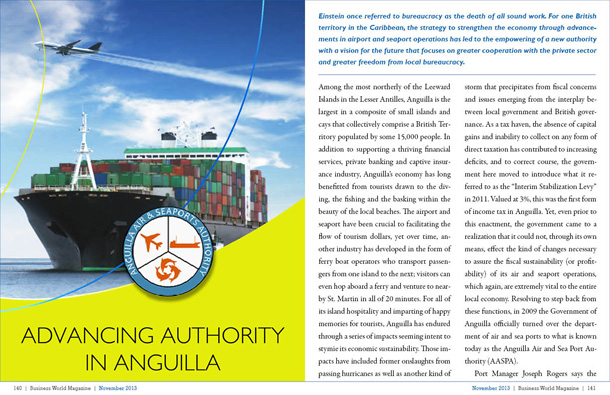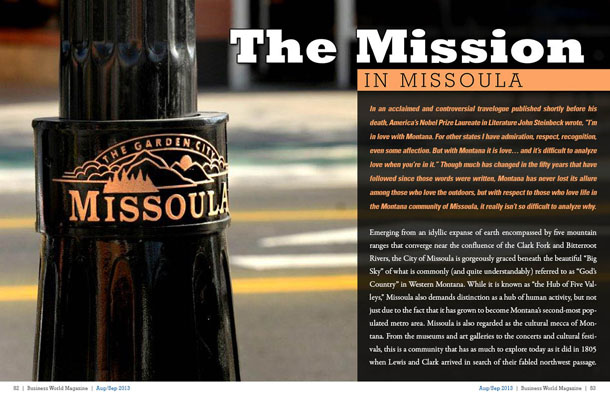
Located in central Alberta, Parkland County is an advanced, rural community taking on initiatives to increase the quality of life for its residents. Also known to be the base of agriculture, power generation, aggregate production, service industries to the Alberta oil sands, the county has also been taking on projects to improve the infrastructure in order to promote further social and economic development of the area. Parkland is also not shy to put its trust behind innovative technologies and methods to achieve successful results.
Roadway Preservation
One of the recent initiatives undertaken by Parkland is the preservation of surfaced roadways as Parkland is aware of the economic advantages which come along with easy and efficient transportation. Robert McGowan, General Manager Infrastructure Services explains, “We are always looking for ways to maximize the efficiency and preservation of surfaced roadways and with the new system in place we have achieved great results.â€
The project is a combined effort with VEMAX management and involves designing and implementing performance predicting software that takes into account the condition of the road and produces the most optimum and cost effective treatments to be used to rehabilitate a roadway. “VEMAX has provided us with the framework for this asset management system and we have taken it forward and built the system from ground up to meet the needs of Parkland,†says Robert.
The framework provided by VEMAX is not only useful for surfaced roadways, but also for other types of asset management. In the case of Parkland, it provides an inventory of all surfaced roadways, along with the severity and extents of specified distresses and then determines the overall road condition. The system then goes on to provide the most cost effective rehabilitation techniques making the process efficient for Parkland County as it saves time and presents the most effective ways to get results. Robert adds, “At the end of the day the asset management system is there to ensure we protect our capital investment on surface roadways as the money is well spent for moving into the future.â€
Unique Factors
Setting this project apart is how the technology sets the budget for the expenditure instead of the other way around. This is because the system is able to identify the severity and extents of distresses present on the roadways, what treatment they need and how much it will cost. The system also does not require any human judgment and carries out all the calculation and analysis on its own when determining surfaced road preservation strategies.
Another unique aspect of the project is the creation of the Job Jar within the system. Keith Bobey, Engineering Coordinator explains, “The software gives us a strategic map of the work we need to be carrying out each year. It also provides the order in which the roadways should be rehabilitated based on the most optimum cost / benefit ratio, and essentially helped us create a Job Jar.†Since the process saves time and provides factual data, Parkland is also able to present a solid case to The Council in order to receive funding for treatments needed. Keith goes on to add, “VEMAX realized how successful the creation of the Job Jar was and went on to promote it to other government agencies in Western Canada, who now have our Job Jar tool process in place as well.â€
Managing a storm
Besides the roadways, Parkland has also dedicated its efforts towards storm water management in the Acheson Industrial Area which is one of the largest industrial areas in Canada. Robert explains, “We worked on a comprehensive master drainage plan to understand the cumulative effect of storm water in developmental areas. Around 31 % of the area was lacking a storm water management receiving body as there wasn’t a natural river or stream for the area.â€
There were a number of challenges with managing storm water in this area and the measures Parkland needed to take to remove this water as it needed to be drained into a water body in an adjacent area. The effects of the storm water being added to an adjacent area, discharge rates, quantity and quality issues were all evaluated so the necessary control and management measures could be implemented to ensure negligible impact would be created by the storm water diversion.
Therefore, Parkland’s master drainage plan requires developers to construct independent storm water management facilities in each developmental area to address the discharge rate, quality and quantity issues. The individual storm water management facilities in this area will all be connected via an underground storm water collection system and trunk line that will transport water from an area which needed drainage to an adjacent basin capable of accepting the storm water.
The most interesting aspect of this project was obtaining the Fence Line Approval under the Province’s Water Act from the Provincial regulatory body. As Keith points out, “To acquire a Fence Line Approval from the Province, the Province needed to be satisfied that conditions of the Water Act would be met and abided by. The Fence Line Approval issued to Parkland County was the first of its kind that the Province has ever issued to a rural municipality. Therefore, for us to get permission to manage storm water in the area was a great achievement and proved that even though it may be challenging to manage such a project, we are capable of doing so.â€
Through the Fenceline Approval application process, Parkland was required to work with the Wagner Natural Area Society (WNAS), which manages a natural area that exists within the Fenceline boundary and is considered nationally significant. Because of Parkland’s ability work with the WNAS to consider all environmental factors such as their groundwater recharge areas, and protection of the quality of overland drainage upstream of the natural area, the project was fully supported by the WNAS. Keith says. “It just goes on to show our commitment to development of Parkland and the environment since we built industrial areas in close proximity to this natural areawhilst keeping it well protected.â€
The Parkland future
Currently Parkland is in the process of constructing a new fire hall. This project came into existence because of the realization that the area lacked enough fire halls especially since Parkland was experiencing growth. The fire hall will also be a central training facility for over 150 volunteer firefighters currently providing service to Parkland County. The training facility will provide for both simulated and computer based training for paid on call staff or volunteer fire fighters.
Parkland County has other ventures in place, including the Intelligent Community Project, an initiative being carried out by Parkland to increase the connectivity of rural communities and businesses by providing them access to reliable, reasonably-priced, high speed internet. Rob says, “Businesses are moving into our area as they realize our potential. We have a good supply of developable land available and we are always looking to try new and innovative techniques to improve our services to our residential and business communities. Parkland County is looking to the future.â€
For more information, please visit their website at: Â Parkland County








